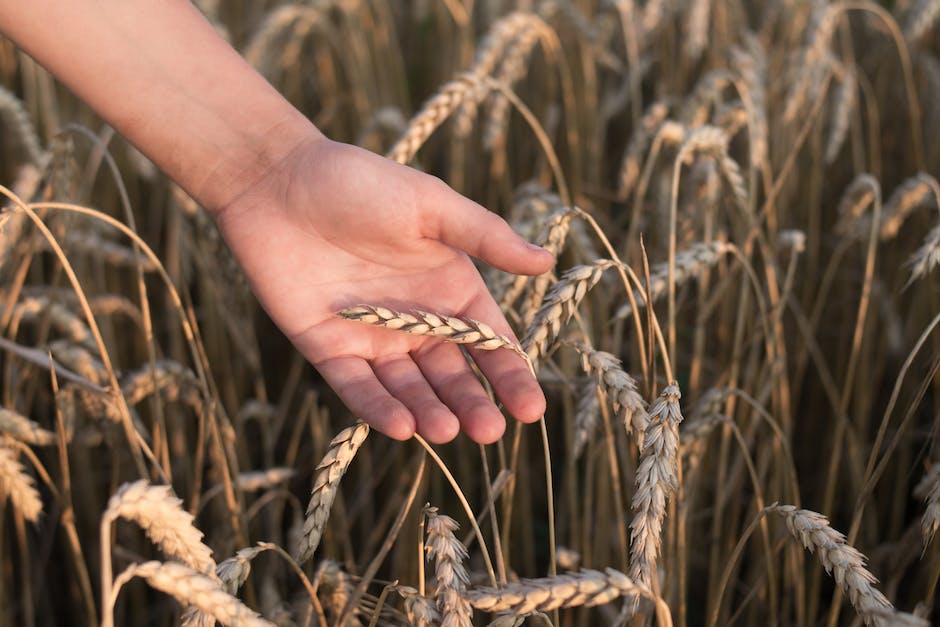Unlocking the Secrets of Spelt Flour: Your Ultimate Guide to This Ancient Grain
Are you on a quest to discover healthier flour alternatives that don’t compromise on taste? Look no further than spelt flour, an ancient grain that’s making a remarkable comeback in kitchens around the world. In this comprehensive guide, we’ll delve into the world of spelt flour, exploring its origins, nutritional benefits, and versatile uses. Whether you’re a seasoned baker or a curious food enthusiast, prepare to be enlightened by the wonders of spelt flour.
What is Spelt Flour?
The Ancient Grain Revival
Spelt flour comes from spelt, a type of wheat that has been cultivated since approximately 5000 BC. Known for its nutty flavor and robust texture, spelt has been a staple in various cultures throughout history. Unlike common wheat, spelt’s outer husk protects the grain, preserving its nutrients and flavor. This ancient grain is now experiencing a resurgence as health-conscious consumers seek out more nutritious and digestible alternatives to traditional wheat flour.
Nutritional Powerhouse
Spelt flour is not only cherished for its taste but also for its impressive nutritional profile. It’s a good source of dietary fiber, protein, and essential vitamins and minerals such as iron, magnesium, and B vitamins. Its high fiber content can aid digestion, while the presence of essential nutrients contributes to overall health and well-being. For those sensitive to modern wheat, spelt flour can be a more digestible option, although it still contains gluten and is not suitable for those with celiac disease.
How is Spelt Flour Different from Regular Wheat Flour?
A Comparison of Grains
When comparing spelt flour to regular wheat flour, several differences stand out. Spelt has a slightly higher protein content, which can create a denser texture in baked goods. Its gluten structure is also different, being more fragile and soluble in water, which can make doughs made with spelt easier to work with but also more delicate.
The Taste and Texture Advantage
One of the most compelling reasons to choose spelt flour over regular wheat flour is its distinct taste and texture. Spelt imparts a slightly sweet, nutty flavor to recipes, elevating the taste profile of bread, pastries, and other baked items. The texture of spelt flour products is often described as tender and moist, making it a favorite among gourmet bakers and those looking to add a unique touch to their culinary creations.
The Health Benefits of Spelt Flour
Digestive Health and Nutrient Absorption
Spelt flour’s high fiber content is beneficial for digestive health, promoting regular bowel movements and preventing constipation. Fiber also helps in the slow absorption of carbohydrates, leading to more stable blood sugar levels. Additionally, the vitamins and minerals found in spelt can support the body’s metabolic processes and contribute to overall nutrient absorption.
Weight Management and Heart Health
Incorporating spelt flour into your diet can also aid in weight management. Its fiber content provides a feeling of fullness, which can help reduce overall calorie intake. The grain’s nutritional makeup, including its low-fat content and absence of cholesterol, supports heart health by potentially lowering the risk of heart disease.
How to Use Spelt Flour in Your Cooking and Baking
Versatile Ingredient for Various Recipes
Spelt flour is incredibly versatile and can be used in a wide range of recipes. It’s an excellent substitute for all-purpose or whole wheat flour in bread, cookies, pancakes, and pasta. When baking with spelt flour, it’s important to remember that its gluten structure is different, so adjustments may be needed to achieve the desired consistency.
Tips for Baking with Spelt Flour
- Start by substituting half of the all-purpose flour with spelt flour to get a feel for its behavior in recipes.
- Because spelt absorbs less liquid, you may need to reduce the amount of liquid in your recipe or add more flour to achieve the right dough consistency.
- Be gentle when mixing spelt flour doughs and batters to avoid overworking the gluten, which can result in tough baked goods.
Frequently Asked Questions About Spelt Flour
Is Spelt Flour Gluten-Free?
No, spelt flour is not gluten-free. It is suitable for those with a mild sensitivity to wheat but should be avoided by individuals with celiac disease or a severe gluten intolerance.
Can Spelt Flour Be Used for Bread Making?
Absolutely! Spelt flour is excellent for bread making. Its gluten content allows for leavening, resulting in delicious, artisanal loaves with a unique flavor profile.
Where Can I Buy Spelt Flour?
Spelt flour can be found in health food stores, organic markets, and online retailers. It’s becoming more widely available as demand for ancient grains continues to grow.
Conclusion: Embracing the Wonders of Spelt Flour
Spelt flour is more than just a trendy ingredient; it’s a nutritious, flavorful, and versatile addition to any pantry. By incorporating spelt flour into your diet, you’re not only enjoying delicious baked goods but also reaping the benefits of an ancient grain that has nourished civilizations for millennia. Whether you’re looking to improve your digestive health, manage your weight, or simply explore new flavors in your cooking, spelt flour offers a world of possibilities. So why not give this ancient grain a try and experience the difference in your next culinary adventure?


